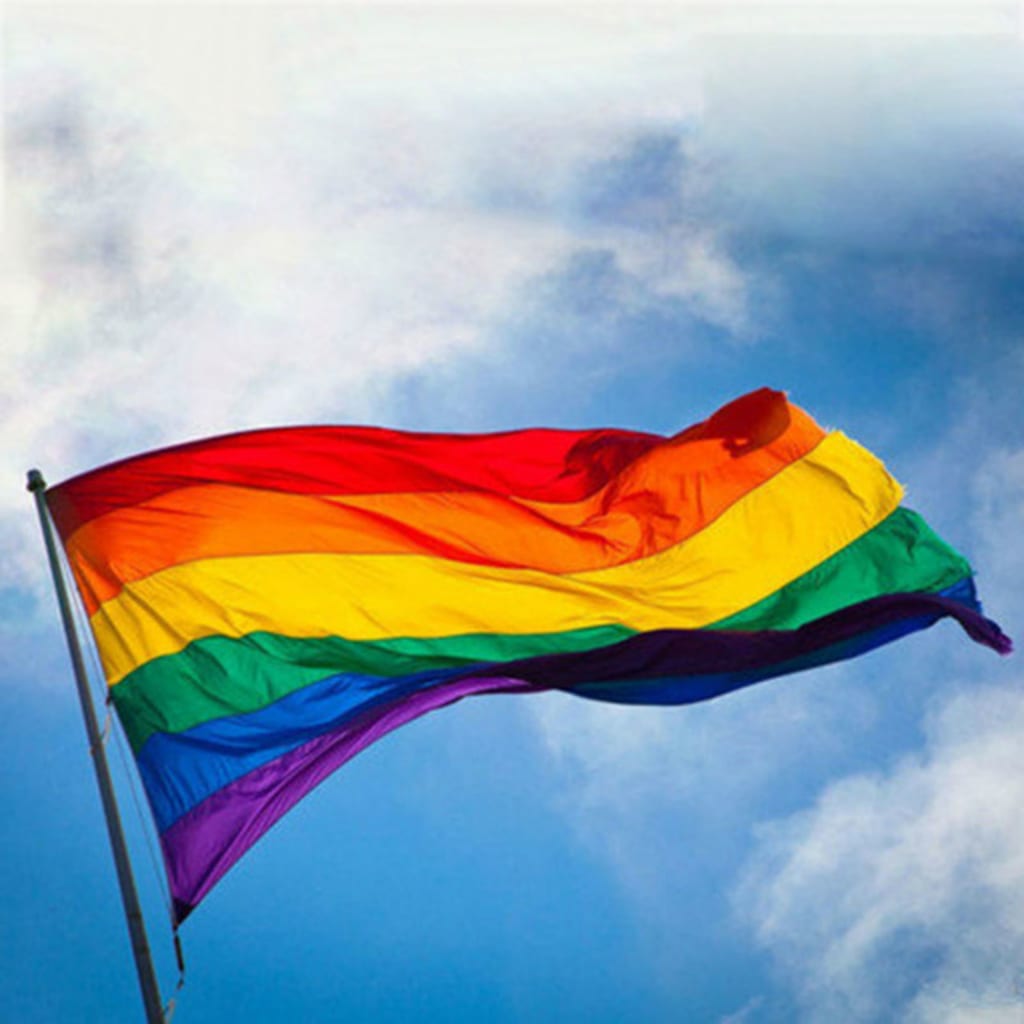
Health classes are some of the most important classes people can go through in their school careers. They teach students the basics of being safe and healthy — lessons which they keep with them their whole lives. However, health issues concerning the LGBTQ+ community have been excluded from these lessons. If health classes didn’t exclude LGBTQ+ issues, the amount of STD diagnoses would go down and mental health would improve within the community, and future generations in the community wouldn’t have such a strong urge to turn to substance abuse. All health programs must change to include LGBTQ+ issues in lessons so they aren’t left to unfairly figure everything out on their own.
Because of unequal representation in education, the LGBTQ+ community is more at risk for sexual health problems. From a study conducted by the Center of Disease Control, gay and bisexual men accounted for 67 percent (26,570) of all diagnoses of STDs and 83 percent of HIV diagnoses among males and black/African American gay and bisexual men accounted for the largest number of HIV diagnoses (10,223), followed by Hispanic/Latino (7,425) and white (7,390) gay and bisexual men (U.S. Statistics). And those results only accounted for men — there are all sorts of other groups that are significantly affected by STDs such as HIV. Adding lessons on safe sex that apply to LGBTQ+ people into health programs would lessen their risks of being infected. The spread of STDs would dramatically decrease and LGBTQ+ youth wouldn't have to go searching in the depths of the internet for answers to how they can have sex — which doesn't usually represent safety. In addition, more than one in five LGBTQ+ individuals reported withholding information about their sexual practices from their doctor or another health care professional according to National Women’s Law Center ("Health Care Refusals Harm Patients: The Threat to LGBT People and Individuals Living with HIV/AIDS"), which also affects how LGBTQ+ people are treated for STDs and how they will be prepared for STDs. Including LGBTQ+ issues in sex-ed programs would make them feel safer to talk to their doctors about their sexual practices.
People may say that since LGBTQ+ people are the minority that they should only teach topics that help with the majority’s sexual health concerns. It is true there are more people who don’t belong in the LGBTQ+ community than those who do, but the numbers of LGBTQ+ people are still significant, and they are still people. Approximately nine million Americans are LGBTQ+ according to the Williams Institute (Gates). Denying them representation in health programs is invalidating that their health issues are significant, and they are.
In addition to sexual health within the LGBTQ+ community, mental health is also not at an ideal level. The National Alliance on Mental Illness conducted studies on this topic and found that LGBTQ+ individuals are three times more likely to experience a mental health condition and four times more likely to attempt suicide, experience suicidal thoughts, and engage in self-harm, as compared to youths that are straight (LGBTQ). By including LGBTQ+ issues in health programs, being part of the community would become more normalized, so people would learn that they are not alone. Bullying within the LGBTQ+ community would also decrease because of this normalization, which would significantly affect the mental health of LGBTQ+ individuals.
Others may claim that including LGBTQ+ issues in health programs won’t help their mental health because the units about mental health can be applied to anyone, so we don’t need to specifically mention LGBTQ+ issues. However, this is actually untrue — a lot of people in the LGBTQ+ community experience significantly more amounts of stress from peers, family members, and even themselves, than people who aren’t in the community. Including them in health programs would normalize being LGBTQ+, and therefore reduce the stress they experience.
As a result of excessive stress and little to no representation in health classes, LGBTQ+ people abuse drugs and alcohol more than the average person. According to the Kaiser Family Foundation, LGBTQ+ youth are two and a half times more likely to experience depression, anxiety, and substance misuse than those who aren’t in the community (Kates et al). Including LGBTQ+ concerns in health education programs would allow the people in the community to know that there are better ways to deal with their stressors than to abuse substances.
People who aren’t knowledgeable about this subject may be thinking: 'This doesn’t affect me, why should I care?' Well, they should care because LGBTQ+ people utilize drugs and alcohol more, so the risk that they cause dangerous situations increases, and that is no fun for anyone involved. Including them in a basic school program would help them realize they are not alone and that they don’t have to turn to drugs and alcohol.
Since LGBTQ+ students already have to go through significantly more amounts of stress than those who aren’t in the community, the least that an education could do is include issues that apply to them in health classes. This would benefit the whole community massively, and it wouldn’t hurt anyone else in the process.
Works Cited:
Date, HIV.gov. “U.S. Statistics.” HIV.gov, 14 Mar. 2018,
www.hiv.gov/hiv-basics/overview/data-and-trends/statistics.
Gates, Gary J. “How Many People Are Lesbian, Gay, Bisexual and Transgender?” The William's
Institute, Apr. 2011, williamsinstitute.law.ucla.edu/research/census-lgbt-demographics-studies/how-many-people-are-lesbian-gay-bisexual-and-transgender/.
Kates, Jennifer, et al. “Health and Access to Care and Coverage for Lesbian, Gay, Bisexual, and
Transgender (LGBT) Individuals in the U.S.” The Henry J. Kaiser Family Foundation, 30 Aug. 2017, www.kff.org/disparities-policy/issue-brief/health-and-access-to-care-and-coverage-for-lesbian-gay-bisexual-and-transgender-individuals-in-the-u-s/.
“LGBTQ.” NAMI: National Alliance on Mental Illness, 2018,
www.nami.org/Find-Support/LGBTQ.
“Health Care Refusals Harm Patients: The Threat to LGBT People and Individuals Living with HIV/AIDS.” NWLC, May 2014, nwlc.org/resources/health-care-refusals-harm-patients-threat-lgbt-people-and-individuals-living-hivaids/.





Comments
There are no comments for this story
Be the first to respond and start the conversation.